Search the Special Collections and Archives Portal
Search Results
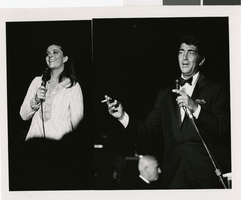
Photograph of Gail Martin and Dean Martin in the Copa Room at the Sands Hotel, Las Vegas, August 1967
Date
Archival Collection
Description
Image
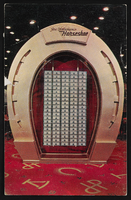
Joe W. Brown's million dollar horseshoe at the Horseshoe Hotel and Casino in Las Vegas, Nevada: postcard
Date
Archival Collection
Description
Image
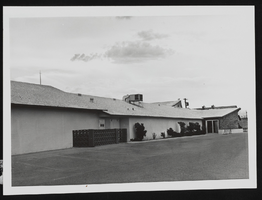
North view of the Church of Christ parking lot: photographic print
Date
Archival Collection
Description
Image

United States Post Office and Courthouse: photographic print
Date
Archival Collection
Description
Image
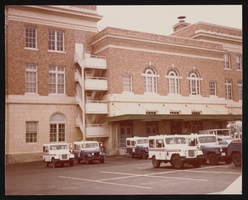
Northern view of the United States Post Office and Courthouse: photographic print
Date
Archival Collection
Description
Image
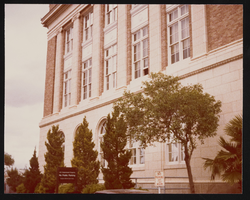
Southern view of United States Post Office and Courthouse: photographic print
Date
Archival Collection
Description
Image
Von Eisinger oral history interview
Identifier
Abstract
Oral history interview with Von Eisinger conducted by Marilyn Eisinger on February 13, 1972 for the Ralph Roske Oral History Project on Early Las Vegas. In this interview Von Eisinger discusses weather conditions of Las Vegas, Nevada, the Hoover Dam, political representation of the different regions within Nevada, hunting, fishing, and labor unions in Nevada.
Archival Collection
Nina Lu oral history interview
Identifier
Abstract
Oral history interview with Nina Lu conducted by Jennifer Sui on November 17, 2021 for the Reflections: The Las Vegas Asian American and Pacific Islander Oral History Project. In this interview, Lu recalls her difficult immgration journey from China to Los Angeles, California, and later to Las Vegas, Nevada. She also discusses former jobs, starting her own business, and embracing her unique identity and cultural heritage.
Archival Collection


